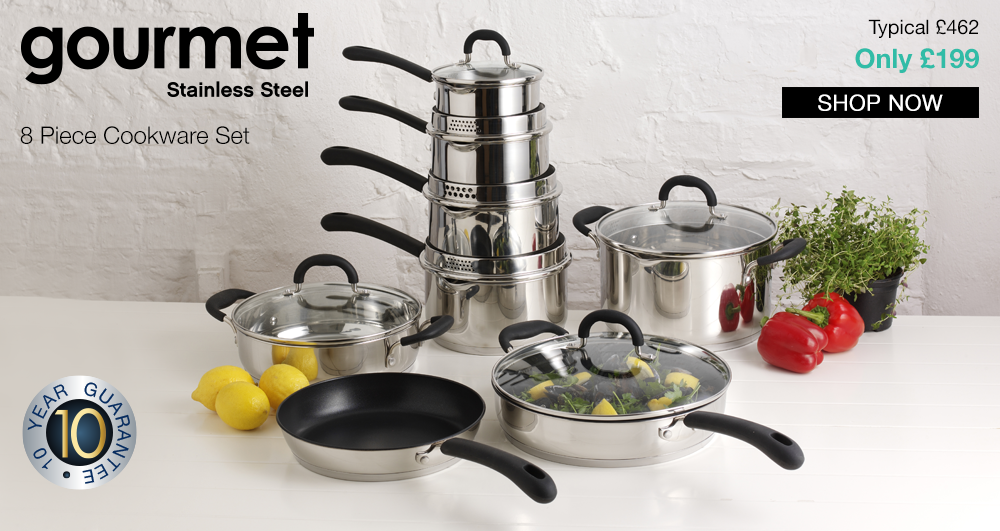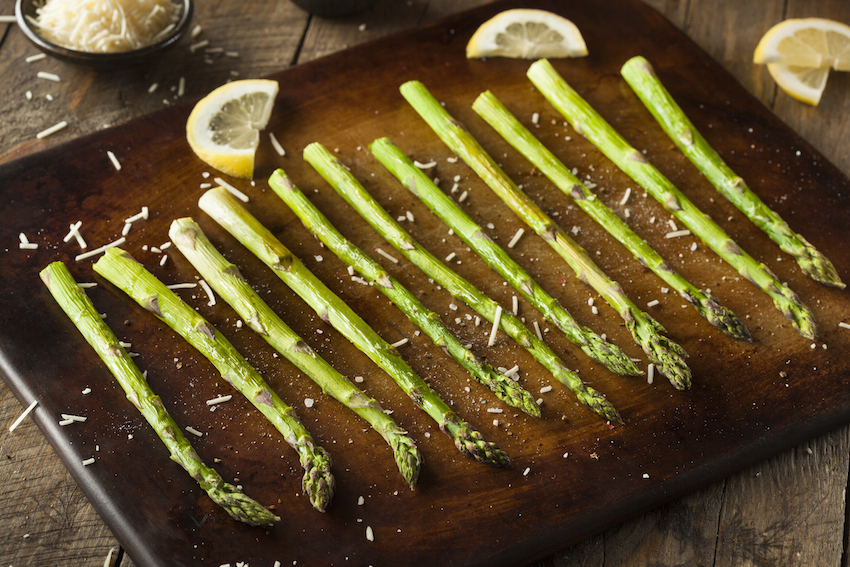Woks
are known and used around the world as useful and versatile cooking vessels.
Ask most people about the wok’s origin and they will probably mention Asia –
and specifically China. The source of the modern wok is often attributed to
Guangdong province, and yet there is still a surprising amount of discussion
and debate about its history.
Certainly, the wok has evolved – both over time and over distance. A modern wok in a Western kitchen is now likely to have a flat base, which is more suited to use on an electric stove than the rounded bottom of the classic Chinese wok. The traditional material of choice – iron – has also now given way to steel, with the modern addition of non-stick coatings increasingly common.
Indeed, it is precisely this tendency for the wok to change and evolve that appears to have caused historians so much difficulty in determining its origins: it rather depends on how exactly you define what is – and is not – a wok. Wok-style vessels dated to the Han Dynasty (200 BC to 200 AD) were made of pot, so don’t seem to meet the modern consensus that a wok is made of metal and used for stir-frying. And yet these items may well indicate a key step on the way to developing the modern wok. It has also been speculated that woks date back to the more recent Song Dynasty, or even that they are not an original Chinese invention at all but were imported from elsewhere in Asia.
It is possible; of course, that there was no single source for the wok, but that it evolved in parallel over several different locations. It seems probable that the design was passed between communities through both trade and conflict over many decades and centuries.
There’s also some debate about what prompted the invention of the wok in this particular part of the world: It appears that although they were quite tricky to make, their very efficient use of fuel due to their characteristic shape was a major factor in their development. Historians have also speculated that the metal armour of invading Mongols provided an ideal source for wok material.
Perhaps the true origins will never be known for sure. But as the wok has spread throughout the world and continues to gather both new fans and new uses, it looks like its evolution is not over yet.
Certainly, the wok has evolved – both over time and over distance. A modern wok in a Western kitchen is now likely to have a flat base, which is more suited to use on an electric stove than the rounded bottom of the classic Chinese wok. The traditional material of choice – iron – has also now given way to steel, with the modern addition of non-stick coatings increasingly common.
Indeed, it is precisely this tendency for the wok to change and evolve that appears to have caused historians so much difficulty in determining its origins: it rather depends on how exactly you define what is – and is not – a wok. Wok-style vessels dated to the Han Dynasty (200 BC to 200 AD) were made of pot, so don’t seem to meet the modern consensus that a wok is made of metal and used for stir-frying. And yet these items may well indicate a key step on the way to developing the modern wok. It has also been speculated that woks date back to the more recent Song Dynasty, or even that they are not an original Chinese invention at all but were imported from elsewhere in Asia.
It is possible; of course, that there was no single source for the wok, but that it evolved in parallel over several different locations. It seems probable that the design was passed between communities through both trade and conflict over many decades and centuries.
There’s also some debate about what prompted the invention of the wok in this particular part of the world: It appears that although they were quite tricky to make, their very efficient use of fuel due to their characteristic shape was a major factor in their development. Historians have also speculated that the metal armour of invading Mongols provided an ideal source for wok material.
Perhaps the true origins will never be known for sure. But as the wok has spread throughout the world and continues to gather both new fans and new uses, it looks like its evolution is not over yet.
To
know more about Stainless Steel
Cookware










